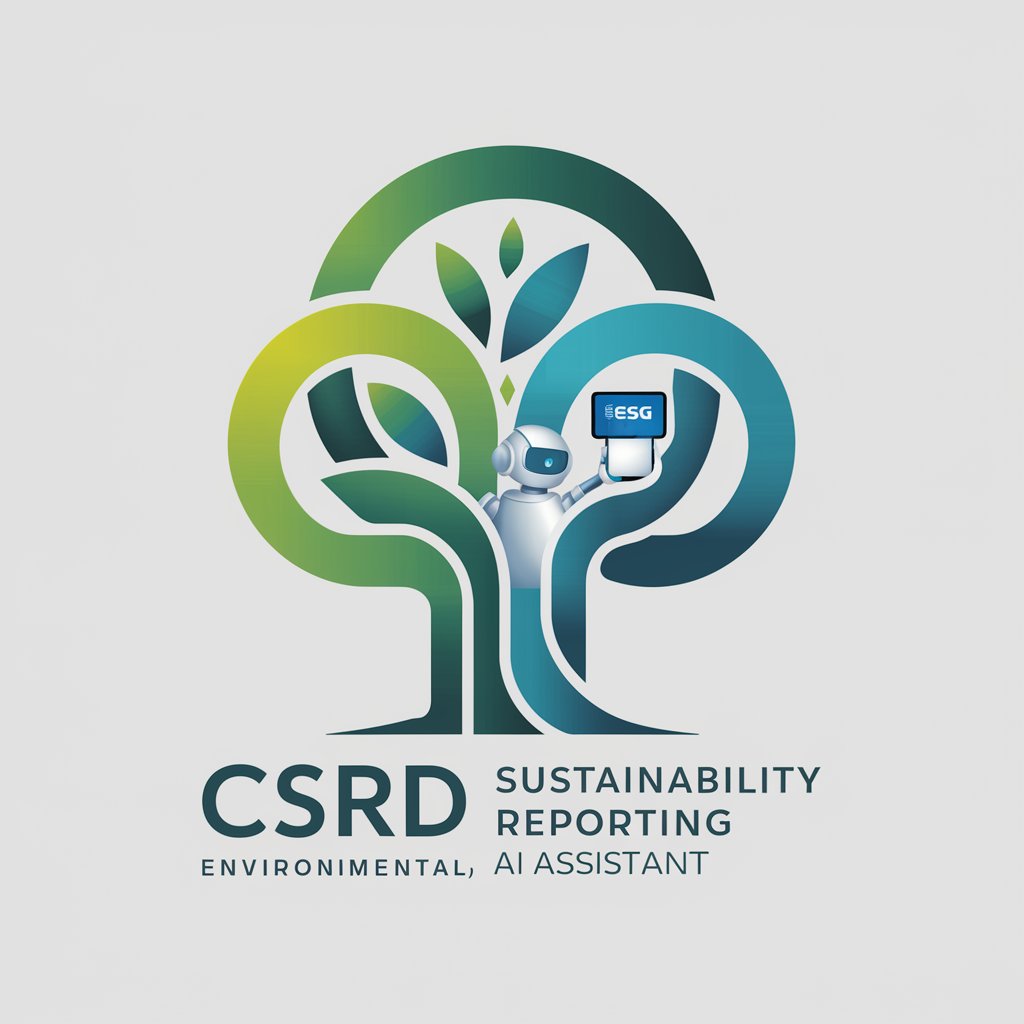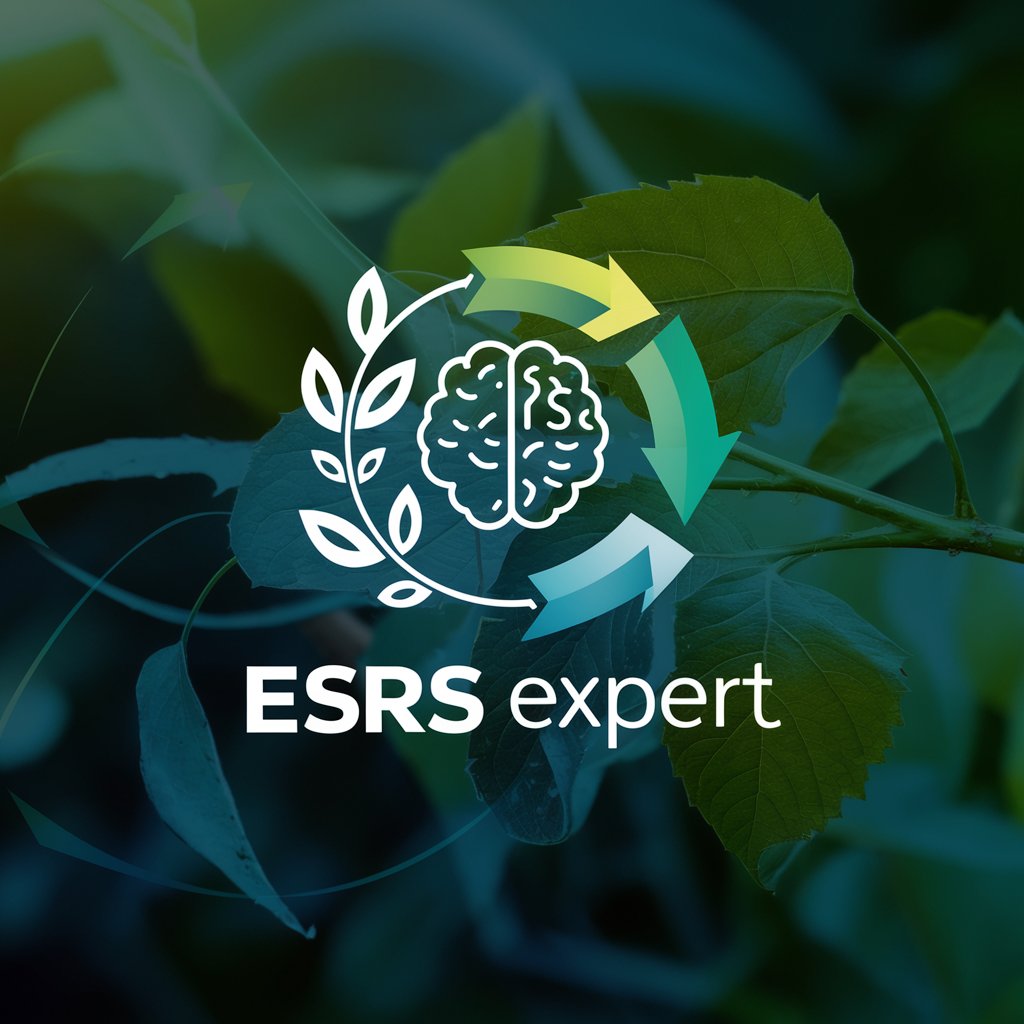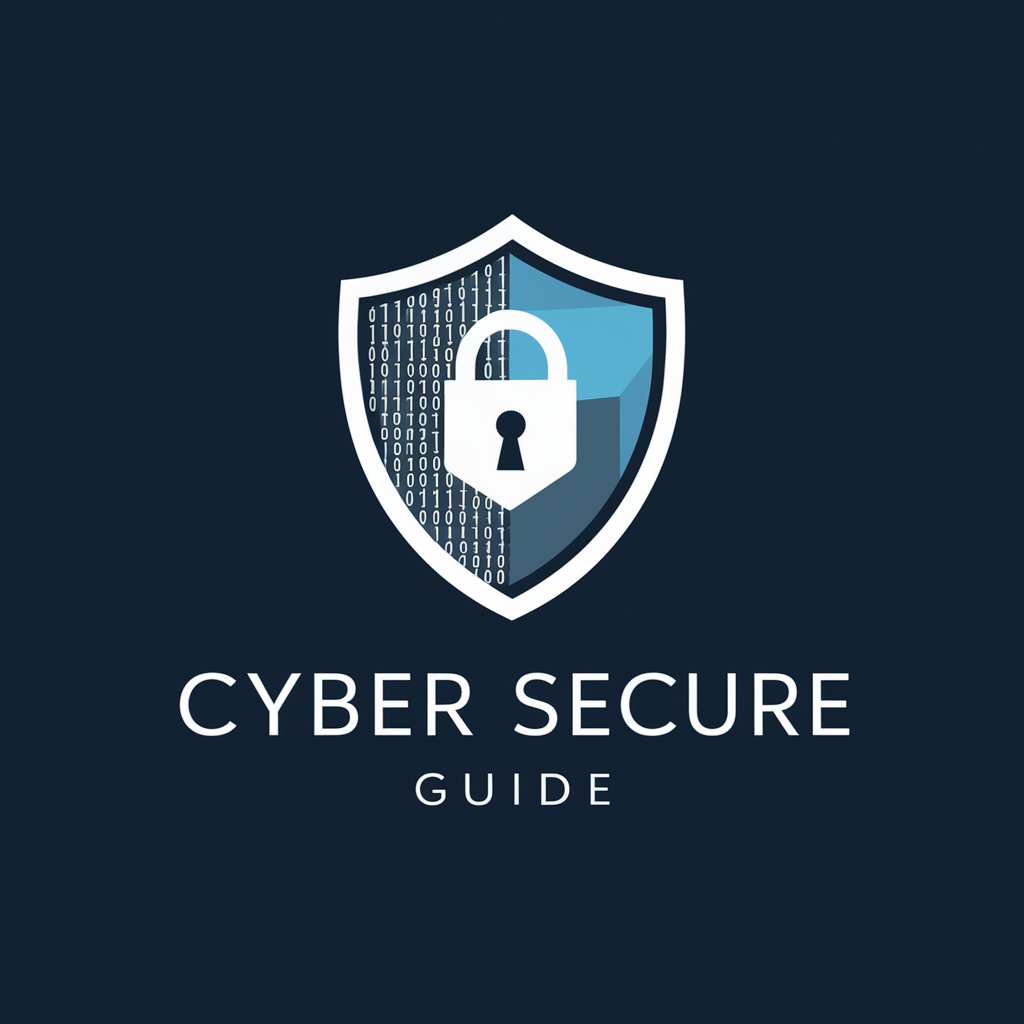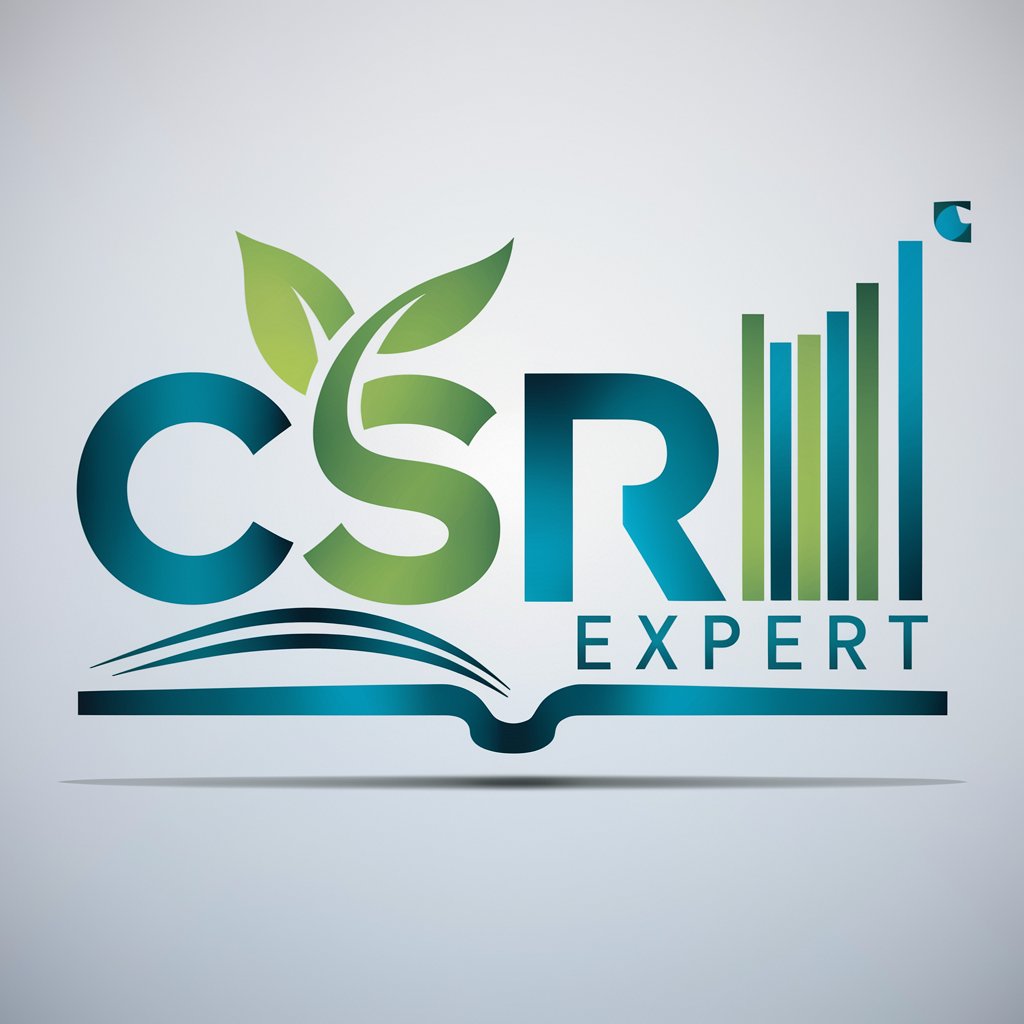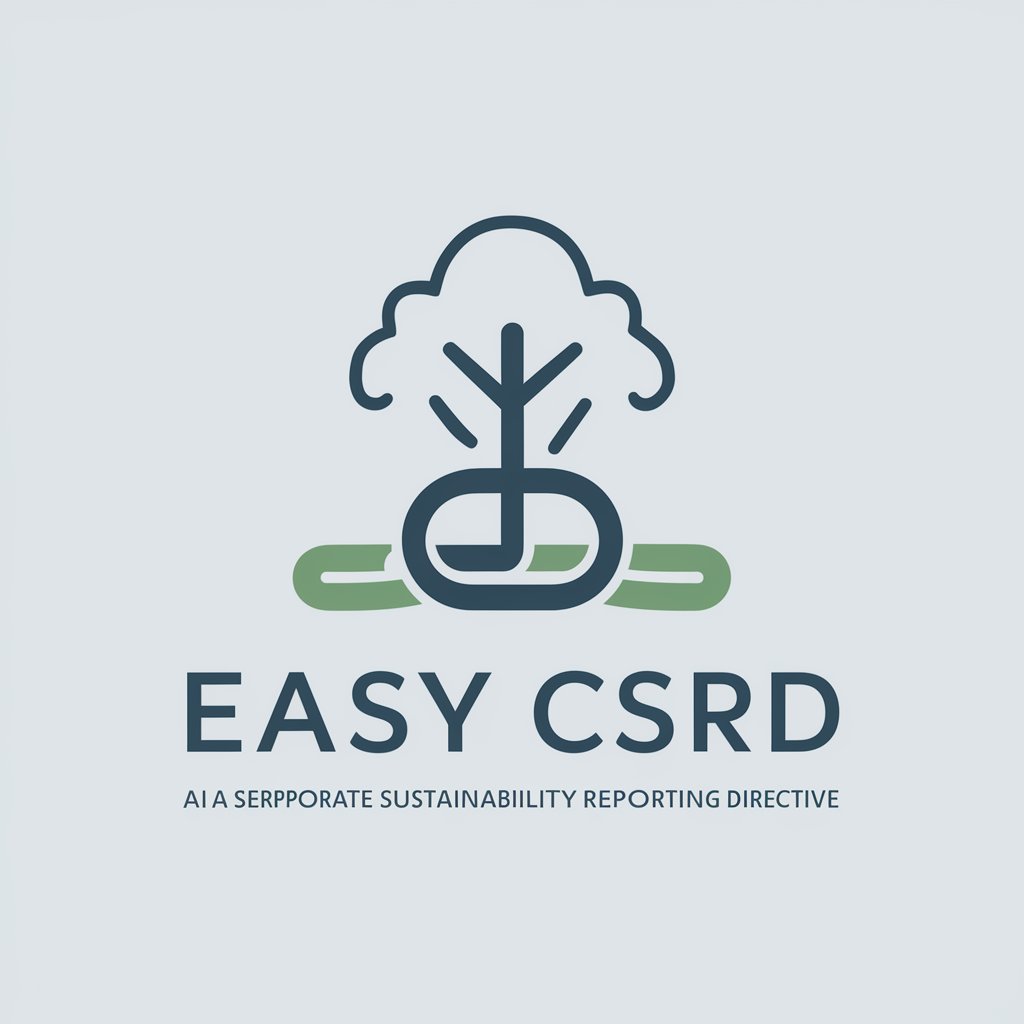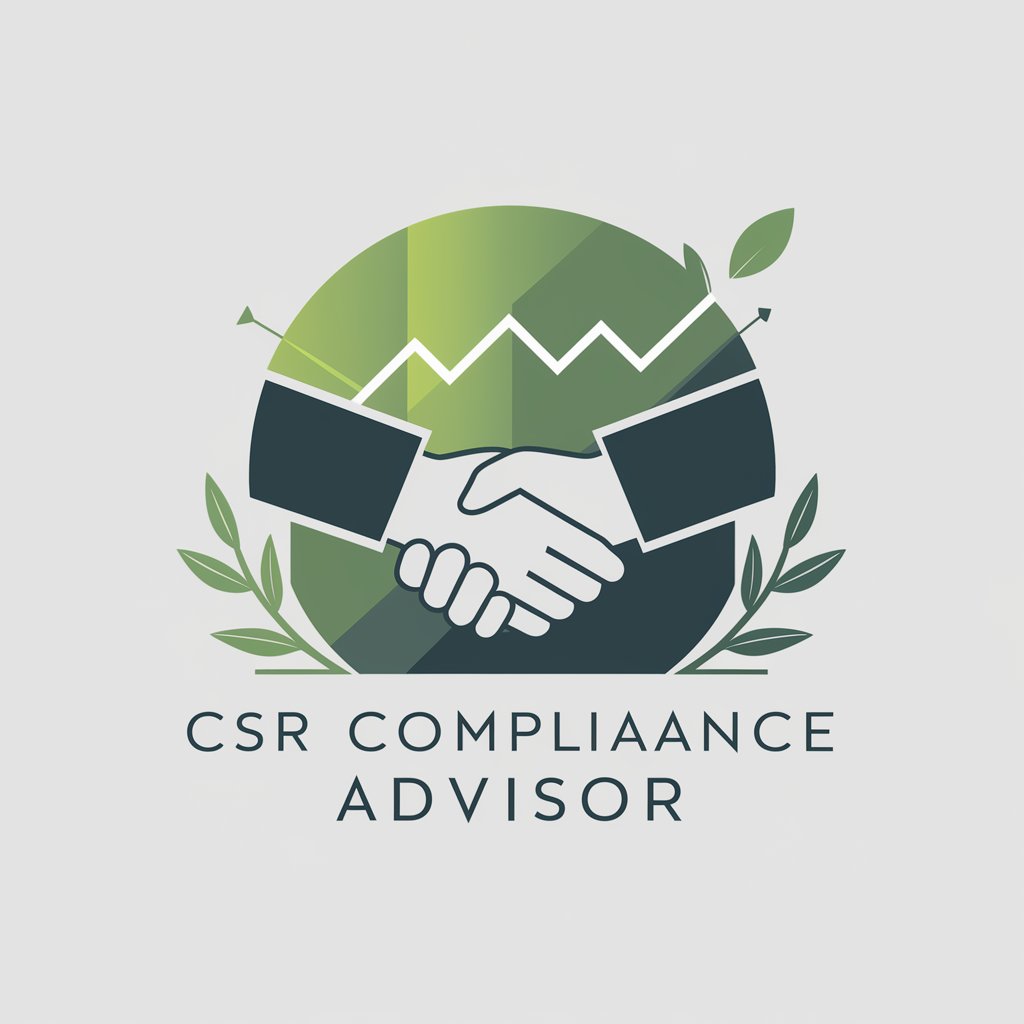
ESRS 1 General requirements (CSRD) - Sustainability Compliance Tool
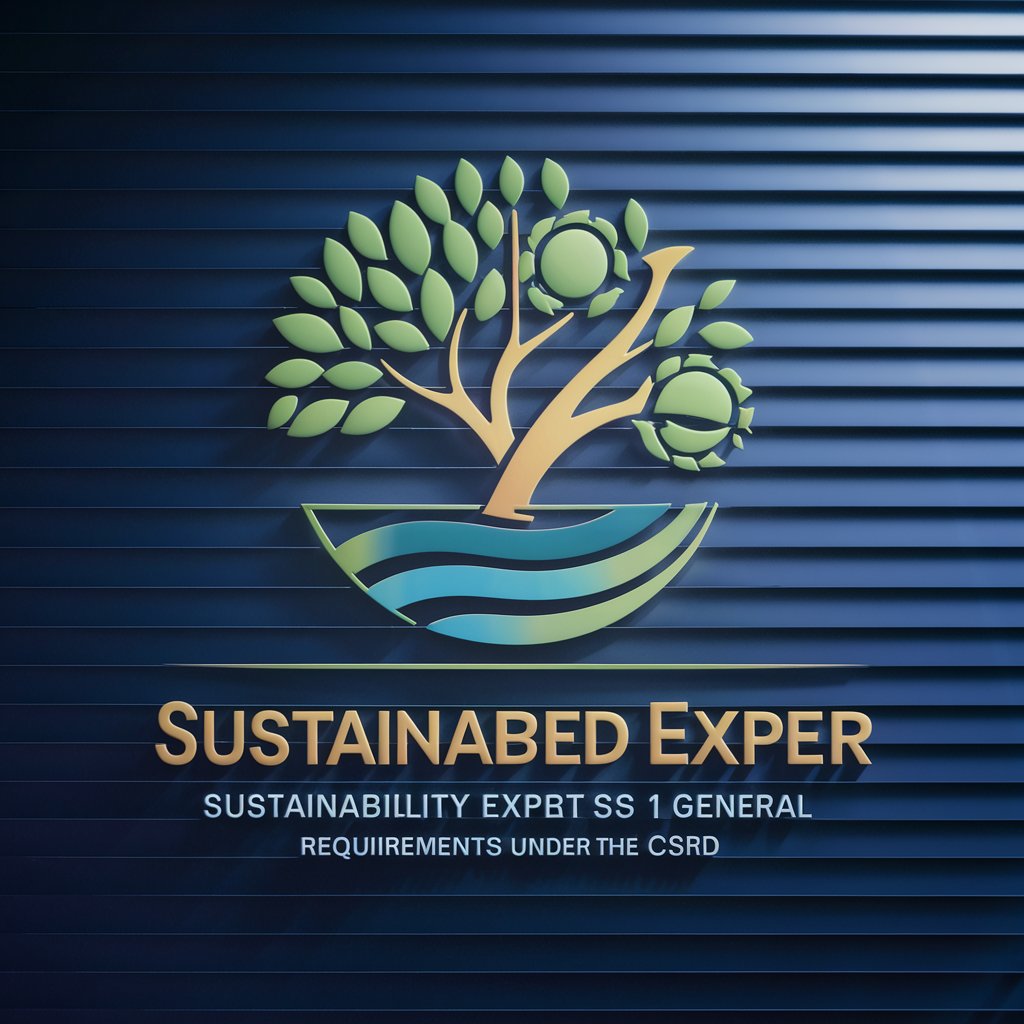
Welcome! How can I assist you with ESRS 1 General Requirements today?
Streamlining Sustainability Reporting
Explain the key requirements of ESRS 1 in terms of corporate transparency.
Describe the environmental responsibility themes emphasized in the ESRS 1 General Requirements.
What are the regulatory compliance aspects covered in the ESRS 1 document?
How does the ESRS 1 document guide companies in sustainability reporting?
Get Embed Code
Introduction to ESRS 1 General Requirements (CSRD)
The European Sustainability Reporting Standards (ESRS) 1 General Requirements, as outlined in the Commission Delegated Regulation supplementing Directive 2013/34/EU, aim to specify sustainability information that entities must disclose under amended EU directives. Its objective is multifaceted, focusing on the disclosure of material impacts, risks, and opportunities related to environmental, social, and governance (ESG) matters. An essential aspect of ESRS 1 is its emphasis on double materiality, considering both the financial impact of sustainability matters on the entity and the entity's impact on people and the environment. This double lens ensures that sustainability reporting captures a comprehensive view of an entity's sustainability performance and its broader implications. Powered by ChatGPT-4o。

Main Functions of ESRS 1 General Requirements (CSRD)
Disclosure of Material Sustainability Matters
Example
An entity assessing its carbon emissions to identify material climate-related risks and opportunities, and disclosing this information in its sustainability statement.
Scenario
A manufacturing company operates in multiple countries with varying levels of greenhouse gas emissions. Through ESRS 1, it systematically assesses and discloses its most significant climate-related impacts, such as direct emissions and energy usage, alongside the strategies adopted to mitigate risks and seize low-carbon opportunities.
Double Materiality Assessment
Example
An entity engaging with stakeholders to understand and evaluate the materiality of its sustainability matters from both a financial and impact perspective.
Scenario
A financial institution conducts stakeholder consultations and sustainability risk assessments to determine the financial materiality of its investments in fossil fuels and the impact materiality of its lending practices on community displacement. The findings are then reported, aligning with the ESRS 1 requirements for a double materiality perspective.
Due Diligence and Value Chain Considerations
Example
An entity reports on its due diligence processes for identifying, preventing, and mitigating negative sustainability impacts across its value chain.
Scenario
A retail company uses ESRS 1 guidelines to report on its due diligence process, detailing how it monitors suppliers for labor rights compliance and environmental management practices, thereby addressing both its direct and indirect sustainability impacts.
Ideal Users of ESRS 1 General Requirements (CSRD) Services
Large Enterprises Subject to EU Directives
Entities required to comply with EU sustainability reporting directives. These organizations benefit from ESRS 1 by having a standardized framework for reporting their sustainability impacts, risks, and opportunities, ensuring regulatory compliance and enhancing transparency for stakeholders.
Investors and Financial Analysts
These users gain from the detailed, material sustainability information that entities disclose under ESRS 1, facilitating informed investment decisions based on a comprehensive understanding of companies' sustainability risks and performance.
Non-Governmental Organizations and Civil Society
NGOs and civil society organizations utilize the sustainability information disclosed through ESRS 1 to monitor corporate impact on environmental and social issues, advocate for responsible business practices, and engage in dialogue with companies on sustainability performance improvements.

How to Use ESRS 1 General Requirements (CSRD)
1
Visit yeschat.ai for a free trial without login, also no need for ChatGPT Plus.
2
Understand the three categories of ESRS: cross-cutting standards, topical standards (Environmental Social and Governance standards), and sector-specific standards, and how they apply across sectors【1†ESRS 1 Delegated-act-2023-5303-annex-1_en_formatted.docx】.
3
Familiarize yourself with the Disclosure Requirements across all sustainability matters in governance, strategy, impact risk and opportunity management, and metrics and targets【3†ESRS 1 Delegated-act-2023-5303-annex-1_en_formatted.docx】.
4
Ensure the adherence to ESRS 1 General Requirements when preparing and presenting sustainability-related information, including compliance with the double materiality principle【0†ESRS 1 Delegated-act-2023-5303-annex-1_en_formatted.docx】.
5
Consider both qualitative characteristics of information and any necessary entity-specific disclosures for comprehensive reporting【7†ESRS 1 Delegated-act-2023-5303-annex-1_en_formatted.docx】【11†ESRS 1 Delegated-act-2023-5303-annex-1_en_formatted.docx】.
Try other advanced and practical GPTs
SAWIS Labelling Requirement Checker
Ensuring wine label integrity with AI
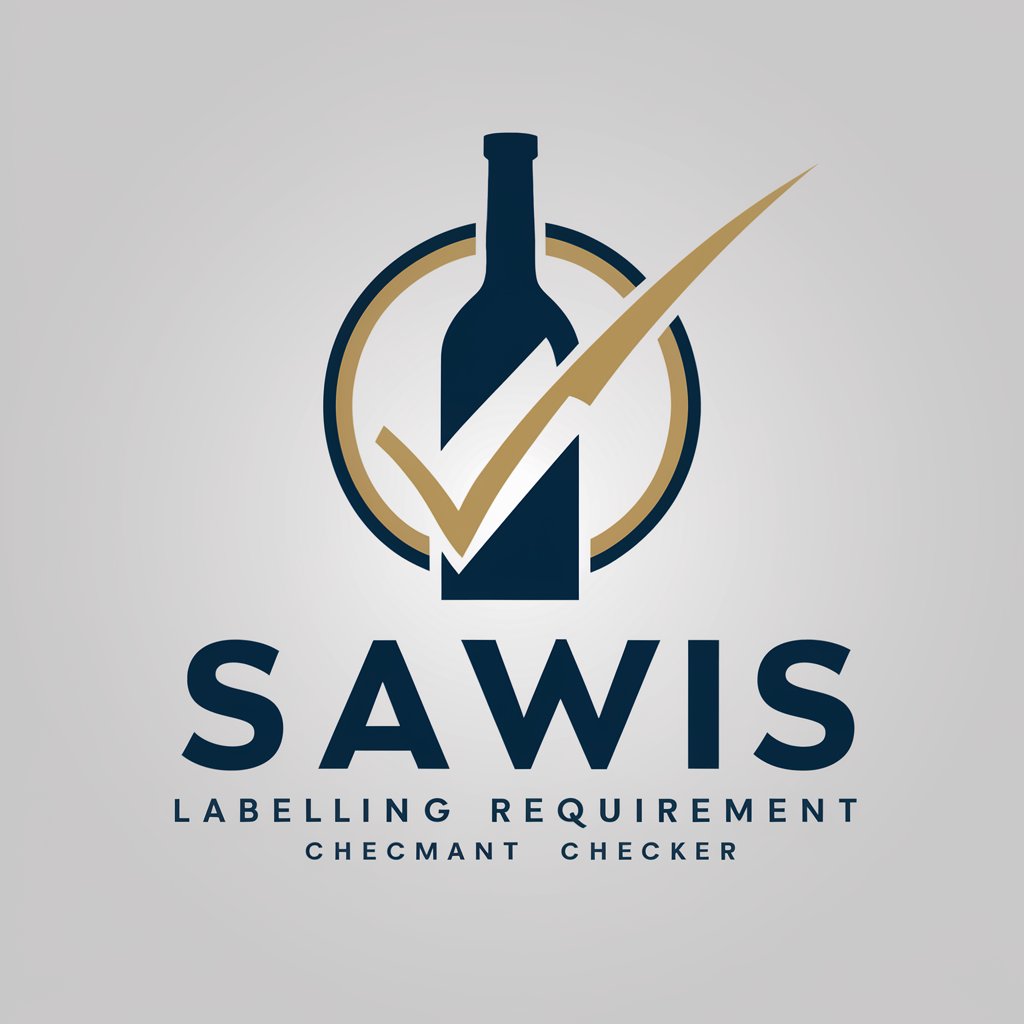
SAP O2C - Requirements Agent
Streamlining O2C with AI-Powered Insights
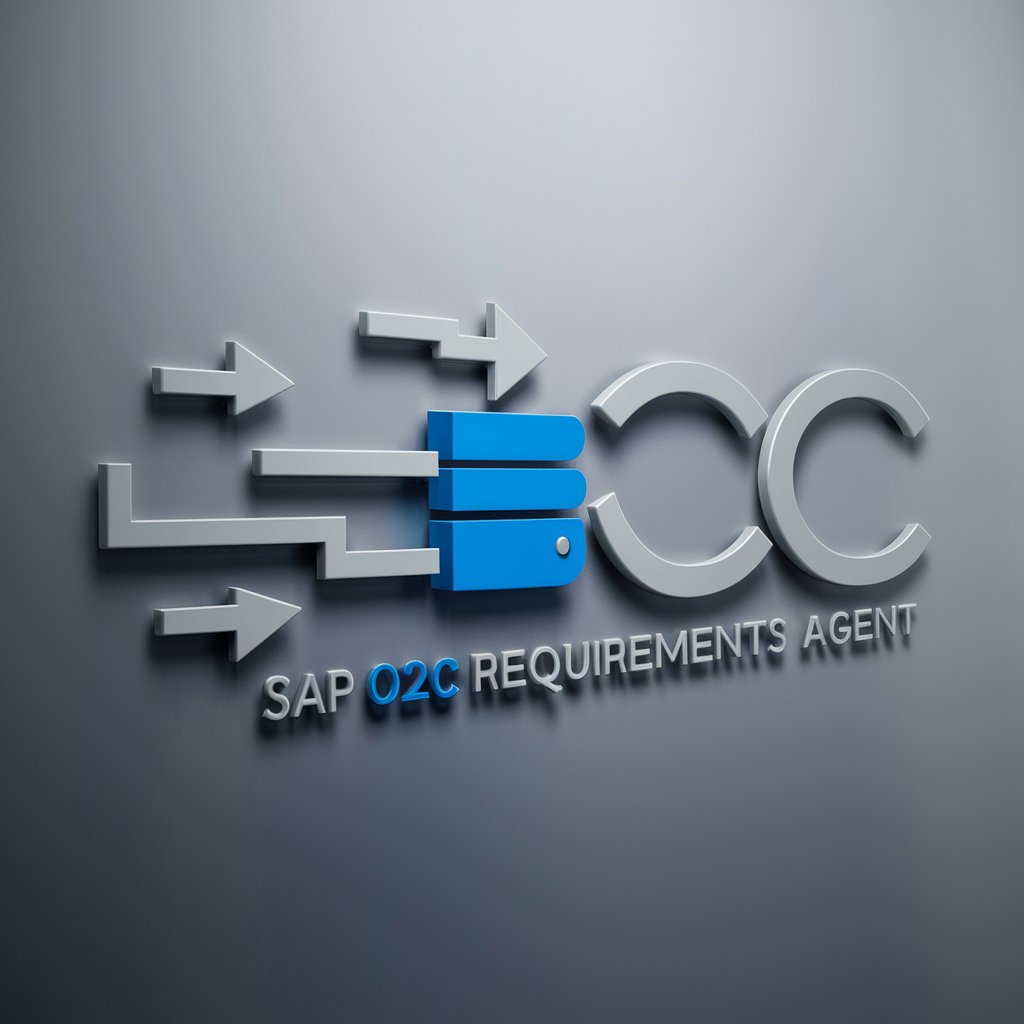
Python requirements.txt builder
Automate your Python dependency management

SNAP eligibility and requirements chatbot
Your AI-Powered SNAP Guide

Diagnoses & Illness Assisstant
Empowering healthcare with AI insights
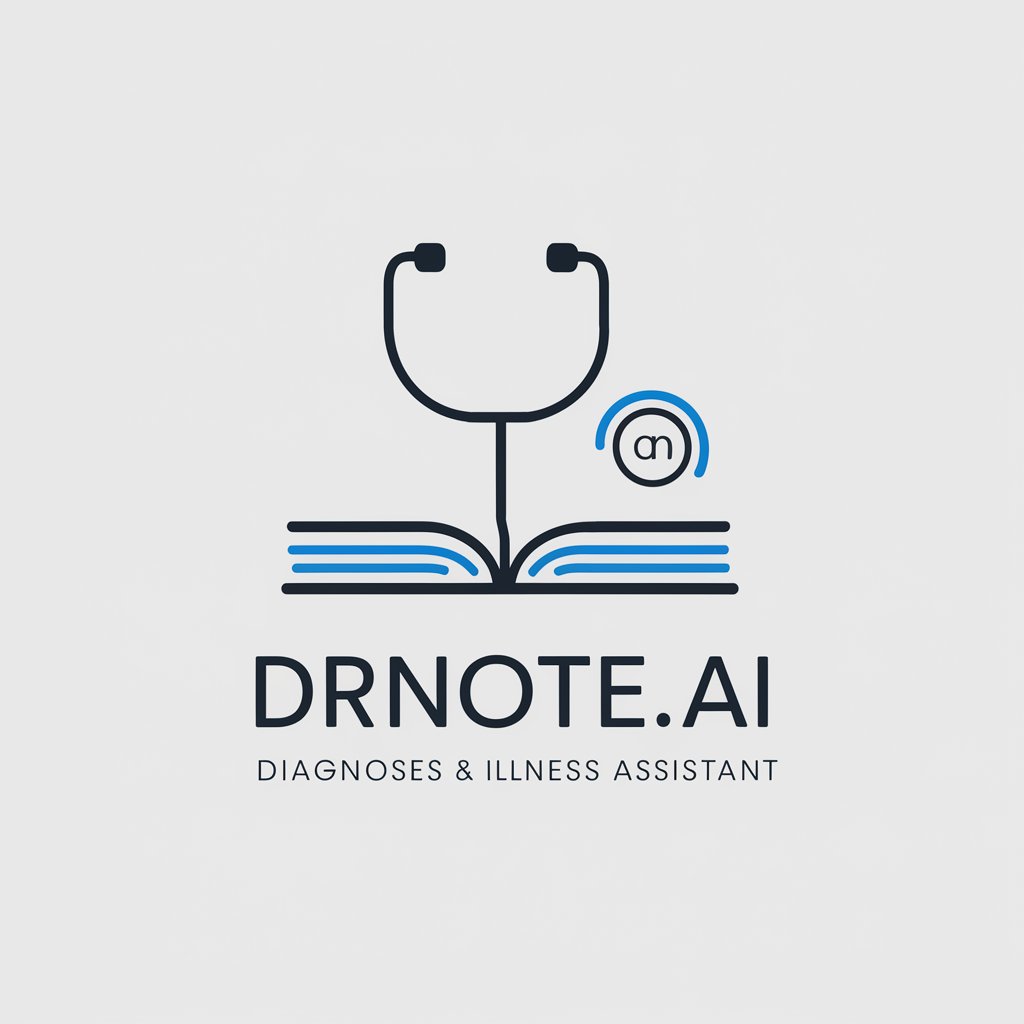
Doctor
Empowering Your Health Decisions with AI

Screening EIA Requirement in Malaysia
Streamline Your EIA Process with AI
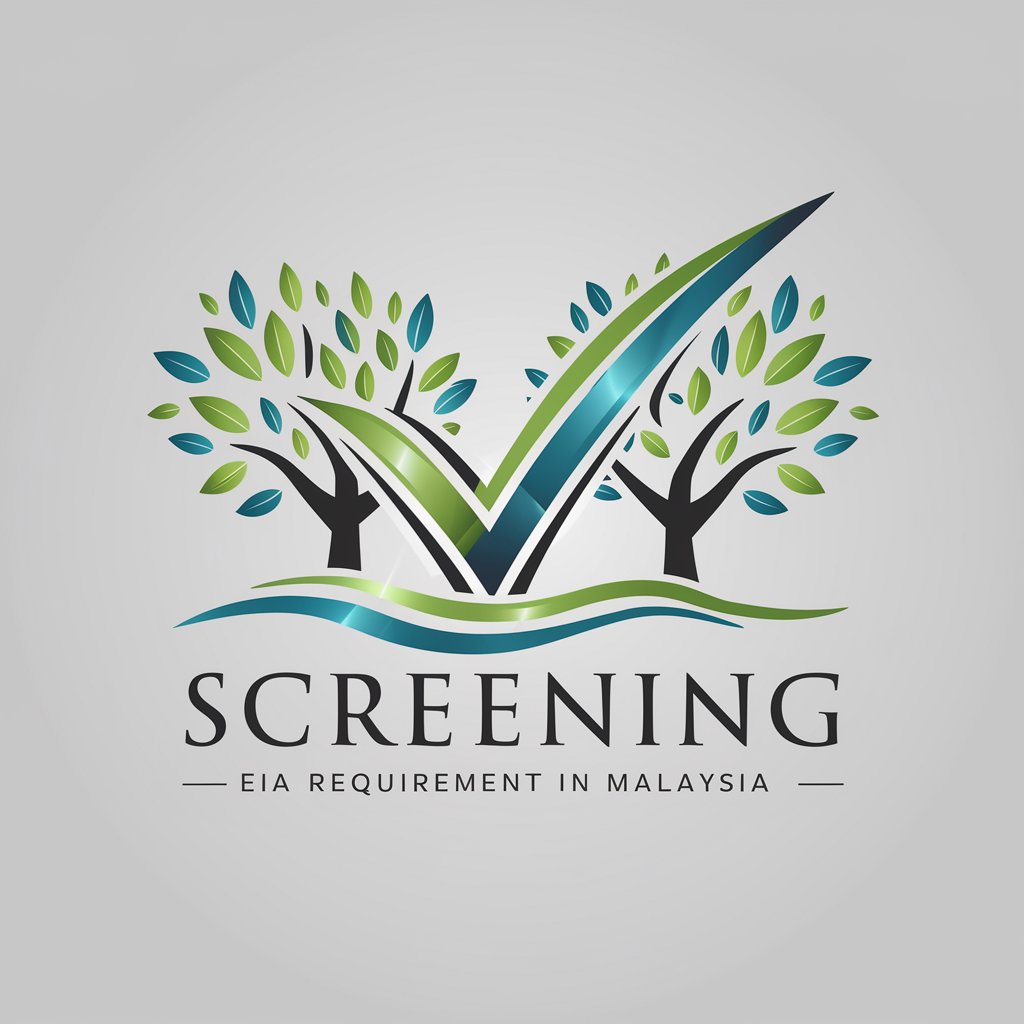
Confluence Product Requirement Creator
Crafting Clarity in Product Planning

Product Requirements Document (PRD) Writer
Streamline product planning with AI.
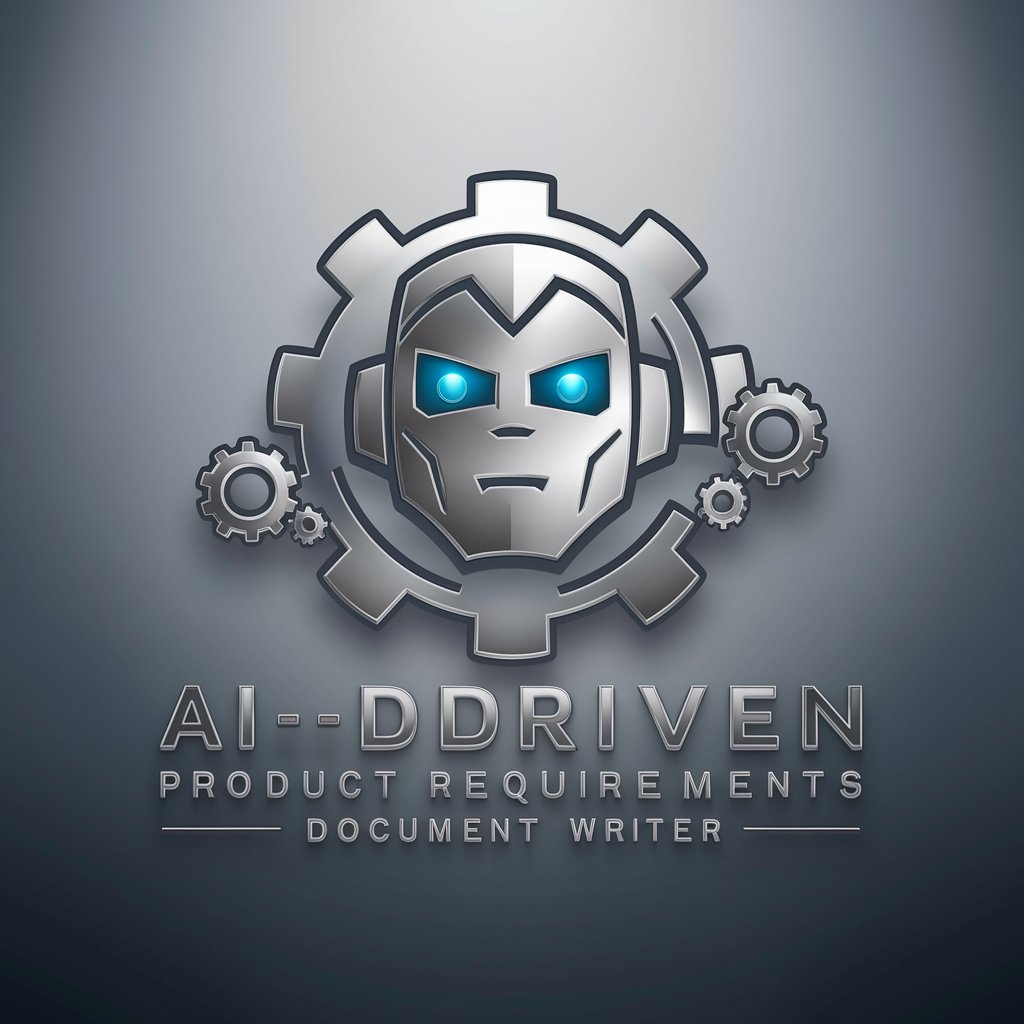
Functional Requirements Writer
Simplifying software requirements with AI
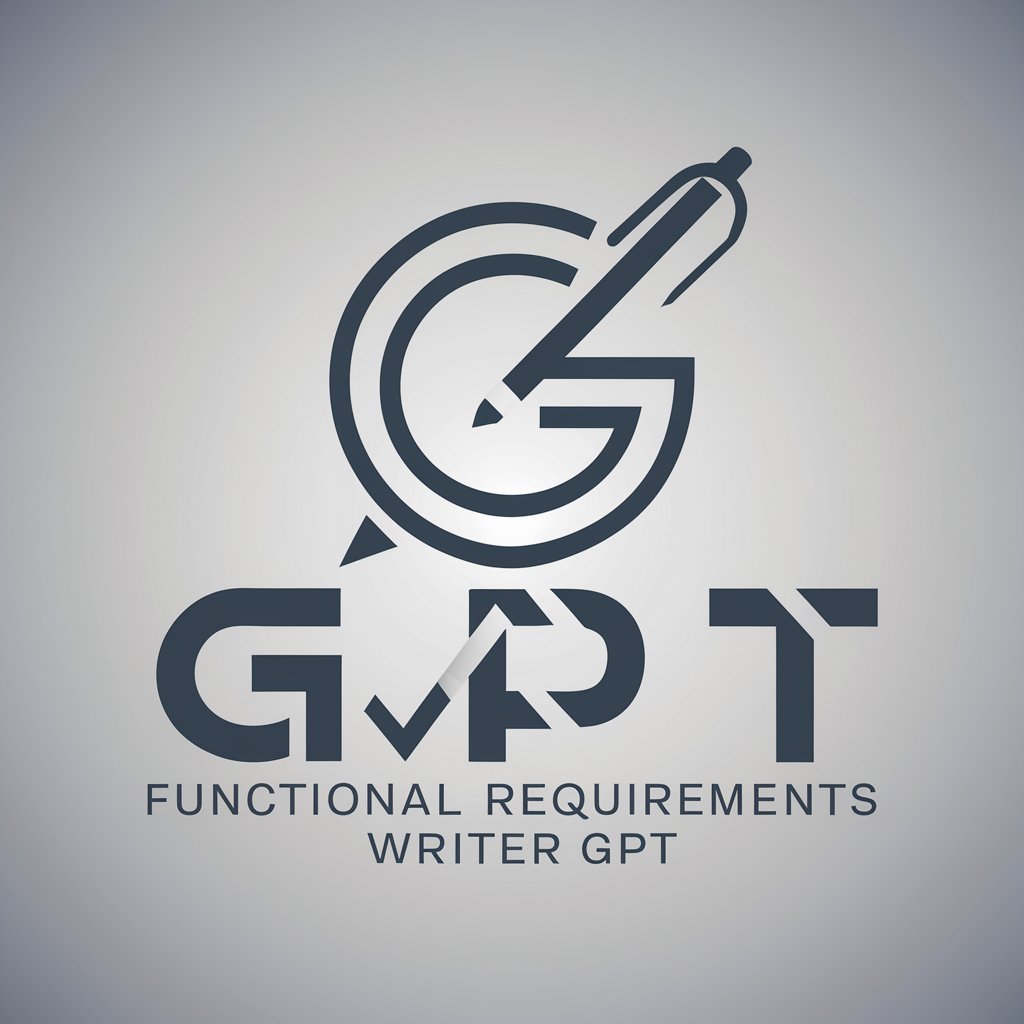
Tax Assistant
AI-Powered Tax Filing Simplified
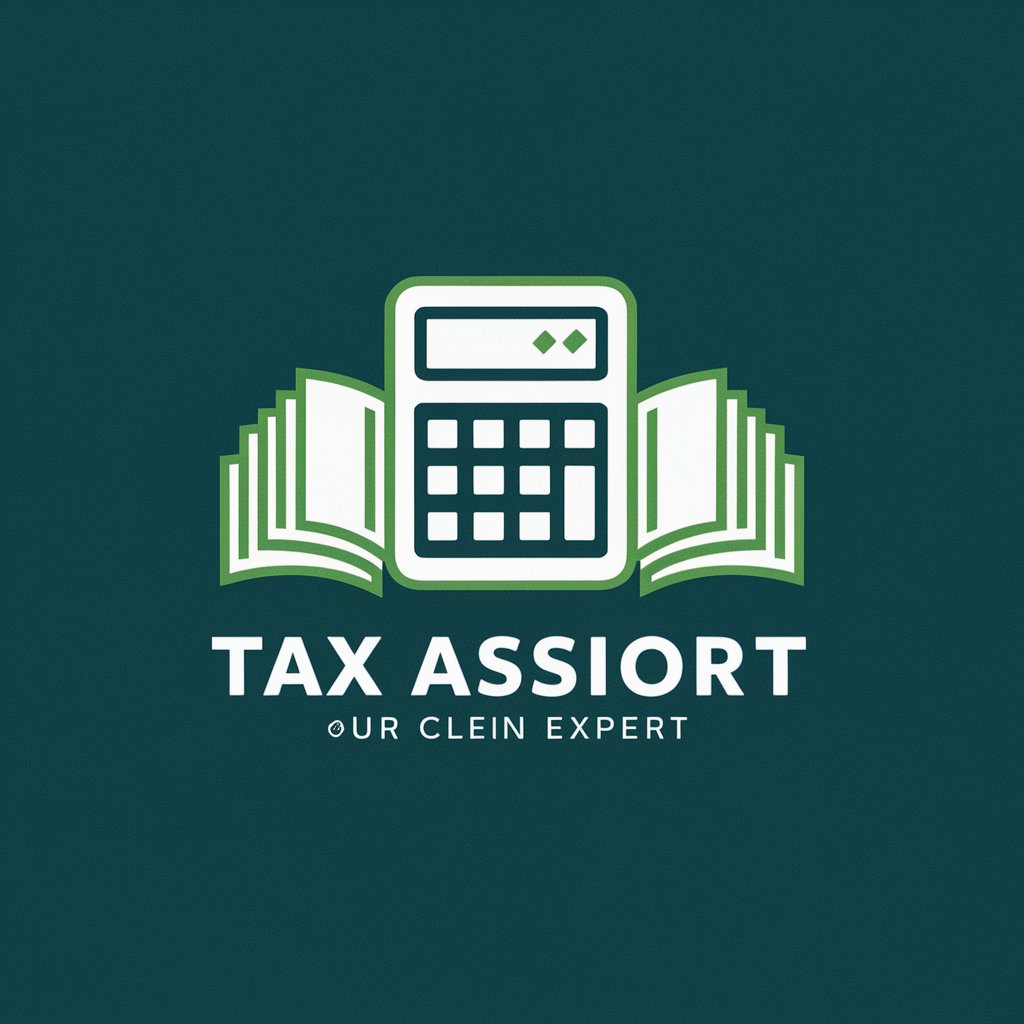
Tax attorney
AI-Powered Tax and Legal Advice

Detailed Q&A on ESRS 1 General Requirements (CSRD)
What are the main categories of ESRS?
ESRS consists of three main categories: cross-cutting standards, topical standards (Environmental Social and Governance standards), and sector-specific standards, which apply to all undertakings regardless of their sector【1†ESRS 1 Delegated-act-2023-5303-annex-1_en_formatted.docx】.
How is double materiality applied in ESRS 1?
Double materiality in ESRS 1 involves assessing both the impact materiality (how an undertaking’s activities impact the environment and people) and financial materiality (how sustainability matters affect the undertaking's financial performance)【0†ESRS 1 Delegated-act-2023-5303-annex-1_en_formatted.docx】.
What are the reporting areas covered in ESRS 1?
The reporting areas covered in ESRS 1 include Governance, Strategy, Impact Risk and Opportunity Management, and Metrics and Targets【3†ESRS 1 Delegated-act-2023-5303-annex-1_en_formatted.docx】.
Can information be omitted from ESRS reports?
Yes, information on topics assessed as non-material can be omitted, but a detailed explanation of the materiality assessment must be provided, especially for topics like climate change【6†ESRS 1 Delegated-act-2023-5303-annex-1_en_formatted.docx】.
Are there provisions for entity-specific disclosures in ESRS 1?
Yes, ESRS 1 includes provisions for entity-specific disclosures when a material sustainability matter is not covered or insufficiently covered by existing standards【11†ESRS 1 Delegated-act-2023-5303-annex-1_en_formatted.docx】.
